The 4th observing run of the LIGO-Virgo-KAGRA network has officially come to an end. However, before the long commissioning break prior to the 5th observing run, there will be another short observing run (name TBD). This will likely start in the summer of 2026. Even though new glitches will soon stop coming in, classifications can still help! In the next month, we'll also be retiring a large number of glitches from the project, leaving behind ones whose classifications are more uncertain.
The Team
The LIGO Scientific Collaboration (LSC) is an international team of scientists working to detect and understand gravitational waves. Founded in 1997, the LSC is currently made up of more than 1000 scientists from across the world. The LSC works in concert with the Virgo and KAGRA Collaborations to operate the International Gravitational-Wave Observatory Network. Together, they search for gravitational-wave signals and study their sources.
The Gravity Spy Team
The Gravity Spy team is made up of LIGO researchers, machine-learning experts, crowd-sourced science researchers, and Zooniverse web developers. Below are introductions to a few of the members of our team past and present:
Sara Bahaadini
Machine learning
Sara was a doctoral student in Computer Science at Northwestern University. She worked on the machine learning side of the Gravity Spy project: to develop algorithms to help computers to recognize classify different types of glitches. Her general research interest lies in using machine learning, deep learning, and data mining in a variety of different applications.
Christopher Berry (@cplb)
Gravitational-wave data analysis
I am a Lecturer at the Institute for Gravitational Research, University of Glasgow working as a member of the LIGO Scientific Collaboration to analyze gravitational-wave data to uncover their sources. My main goal is to understand the properties of black holes and neutron stars. Accurate analysis of gravitational-wave data requires understanding glitches. Therefore, I’m excited for how Gravity Spy will enable us to improve our knowledge of glitches.
Scotty Coughlin (@sbc538)
Astrophysics, Data Science
Each click you make will help us understand further not only Gravitational Wave analysis, but also the true power and capability of computers and Machine Learning. I started work on Gravity Spy as Post-Baccalaureate Research Fellow at Northwestern University's Center for Interdisciplinary Research and Exploration in Astrophysics (CIERA), and am now an IT Specialist at Northwestern University. Besides Gravity Spy, I am interested in sports, in particular I am a huge Minnesota Vikings fan.
Kevin Crowston (@crowston; original Gravity Spy co-PI and Gravity Spy 2.0 PI)
Social computing researcher
I am a Professor in the School of Information Studies at Syracuse University. I am interested in how to use computing systems to help people to work together in new ways. As the PI for the Gravity Spy project, I coordinate the work of the different teams. My own research focuses on designing citizen science techniques that provide interesting opportunities for the volunteers by taking advantage of the increased capabilities of machine learning.
Zoheyr Doctor (@zdoctor)
Gravitational-wave data analysis
I am the Board of Visitors Research Assistant Professor at CIERA and a member of the LIGO Scientific Collaboration. My focus is on understanding the demographics and histories of black holes and neutron stars in the universe. I use data analysis techniques in these investigations, which can be aided by further understanding of glitches.
Mabi Harandi (@Mabi)
Social Science, Human-Computer Interaction
Mahboobeh “Mabi” Harandi was a Ph.D. student at Syracuse University in the School of Information Studies. She was a research assistant on the Gravity Spy project and studying volunteers’ behavior. She has collaborated in different research projects in information science, computer science and neuroscience fields. She focused on understanding different aspects of user experiences such as motivation, learning, gaining social capital, leadership in various online communities like Zooniverse, Wikipedia, Facebook and Yahoo Answers.
Corey Jackson (@cjackso3)
Crowd-sourced science researchers
I am an Assistant Professor in the Information School at the University of Wisconsin, Madison and a co-director of the UW-Madison Collaborative Computing Group. My work focuses on the design of human centered systems. I use data to investigate how people use systems with the goal of making them more usable. I’m excited to contribute insights about the design of Gravity Spy 2.0.
Vicky Kalogera (original Gravity Spy PI):
Astrophysics
By helping us identify glitches in the LIGO data, you are contributing to what is and will continue to be one of the top breakthroughs in physics in the 21st century -- opening a new window of exploration in science and technology. You are directly helping me in my work to improve our theoretical understanding of these “ripples” in the fabric of spacetime, first predicted by Albert Einstein 100 years ago. I’m particularly interested in binary systems, where two stars orbit each other. I study how such systems are born, how they evolve and how their lives end, including their emission of gravitational waves.
Aggelos K. Katsaggelos (original Gravity Spy and Gravity Spy 2.0 co-PI):
Machine Learning
The interaction and collaboration between citizens and the machine in accomplishing a common goal, the classification of glitches, is one of the most interesting current problems in machine learning. A trained machine is very efficient in processing large amounts of data and providing accurate glitch classification. However, it is bound to make mistakes, especially for glitches that has never encountered before. On the other hand, a novice citizen can be initially helped by the machine in improving their classification skills, but once such skills become sharp they will be able to resolve those "difficult" for the machine classification cases. Modeling and quantifying this interaction between citizens and the machine is one of the machine learning problems I have been working on as a professor in the Department of EECS at Northwestern.
Shane Larson (@sciencejedi; original Gravity Spy co-PI)
Astrophysics
Shane is an astrophysicist at Northwestern University and the Adler Planetarium. His group works trying to understand the past lives of stars by studying the bones that we can detect with LIGO today. One of the difficulties is that all we can do is observe the Universe, waiting for something to happen (like a strong gravitational wave merger event!). Astronomy is different than other science because we can't do experiments -- all we can do is wait. Each new LIGO detection will be a new piece of the grand puzzle we are trying to understand. Right now, we hardly have any pieces to work with, and the picture is unclear. But as more detections are made, we will be able to construct a better understanding of how the history of the stars has changed over time.
Tyson Littenberg:
Astrophysics
Tyson is a physicist at the University of Alabama in Huntsville studying gravitational waves. His LIGO research activities involve searching for gravitational waves in LIGO data and, when found, using them to understand the nature of the source that emitted the signal, and employing it to learn new things about the universe. These days he is primarily focused on finding unexpected sources that have no reliable predictions for the gravitational wave signal. These types of searches are particularly sensitive to glitches. For example, during Advanced LIGO’s first observing run, the “blip glitches” limited the sensitivity of our searches. We are all very excited for Gravity Spy to help us understand and root out the glitches that make our jobs more difficult!
Jess McIver (@jessiemcd)
Astrophysics, Detector Characterization
Jess is physicist at University of British Columbia studying the impact of glitches and noise on the recovery of gravitational wave signals from LIGO data. One of her research goals is to deduce the source of glitches that pollute our gravitational-wave searches. With many thousands of glitches each day we’ve never before been able to classify them all. Your contribution using Gravity Spy will finally enable us to answer questions like: How often do glitches in a class actually happen? Does this rate vary over a day or a week? Do they evolve in shape over time? The more we learn from the glitch classes you observe, the more likely we will be able to successfully subtract them from our gravitational wave searches and increase the rate and confidence of our astrophysical detections.
Carsten Osterlund (@costerlusyr.edu; original Gravity Spy and Gravity Spy 2.0 co-PI)
Social Science, Human-Computer Interaction
I am a Professor in the School of Information Studies at Syracuse University. I study how information technology facilitates new forms of learning and work. In Gravity Spy, I help develop the features that allow you to learn how to classify glitches and find new glitches classes and study how you can do so alone, in collaboration with other citizen scientists and with the help from machine learning technologies.
Oli Patane (@olipatane)
Detector Characterization
Oli was a physics undergraduate at California State University, Fullerton working on characterizing and reducing the noise in the LIGO detectors so we can more clearly detect gravitational waves. Oli investigated several of the newly proposed glitch classes. Thank you for helping us with Gravity Spy!
Jennifer Sanchez (@jhsanchez)
Gravitational-wave data analysis
I am a Physics PhD student at Northwestern University and a member of the LIGO Scientific Collaboration. My research focuses on developing workflows to help determine whether there is a correlation between a glitch in the gravitational-wave channel and the auxiliary channels.
Joshua Smith (@Jrsmith02; original Gravity Spy co-PI)
Astrophysics, Detector Characterization
Josh an experimental physicist working to improve the sensitivity of the LIGO instruments to gravitational waves. At Cal State Fullerton he conducts laboratory research for upgrades to LIGO. He helped develop an algorithm that searches for correlations between glitches and information in thousands of auxiliary channels (seismometers, magnetometers, etc.) at the LIGO sites. By classifying glitches in Gravity Spy, you are producing an information goldmine that will help us learn which types of glitches are most prevalent and most harmful, whether those glitch classes occur in both detectors or just one, and clues into changes we could make to LIGO to remove the glitches.
Marissa Walker (@mbwalker; Gravity Spy 2.0 co-PI)
Gravitational-wave detector characterization
I am an Assistant Professor at Christopher Newport University and a member of the LIGO Detector Characterization team. My research focuses on methods for analyzing noise in the data to investigate potential noise sources. During noise hunting, I've spent a lot of time staring at glitch images and thinking about different glitch classes. Gravity Spy has already been incredibly useful in this work, and I'm excited to see what's next!
Yunan Wu
Machine-learning model developer
I am a PhD student in the Department of Electrical and Computer Engineering at Northwestern University, and a member of the LIGO Scientific Collaboration. My research focuses on the development of machine learning models for glitch classification, as well as the correlation of glitches from the main channel with those from auxiliary channels. By working towards a better understanding of the root causes of glitches, I aim to contribute to the advancement of scientific knowledge in this area.
Michael Zevin (@mzevin1)
Astrophysics, Data Science
Each click you make will help us discover more gravitational waves and further progress this new and exciting field! I was doctoral student in astrophysics at Northwestern University's Center for Interdisciplinary Research and Exploration in Astrophysics (CIERA), then a Postdoctoral Fellow at the University of Chicago, and now an Astronomer at the Adler Planetarium. Besides Gravity Spy I am interested in the evolution of black hole binaries, and using LIGO's detections of these types of systems to figure out how they formed and what kind of environments they originate from.

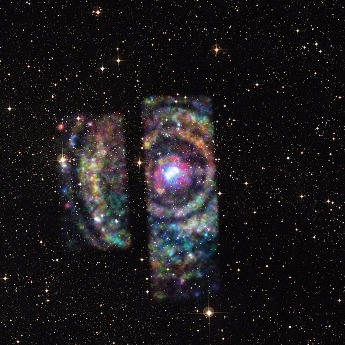




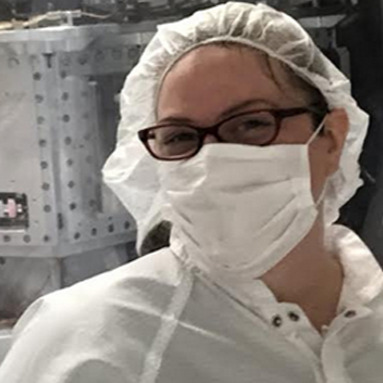


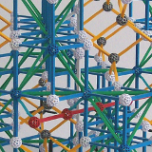
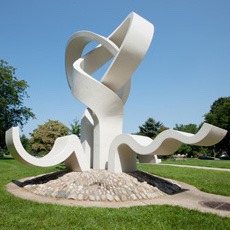





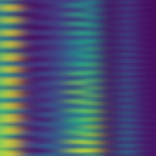




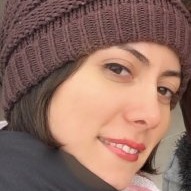

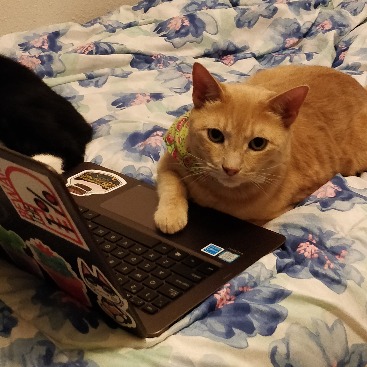
 GreyJedi1918@GreyJedi1918
GreyJedi1918@GreyJedi1918



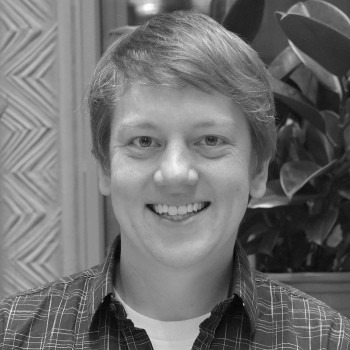
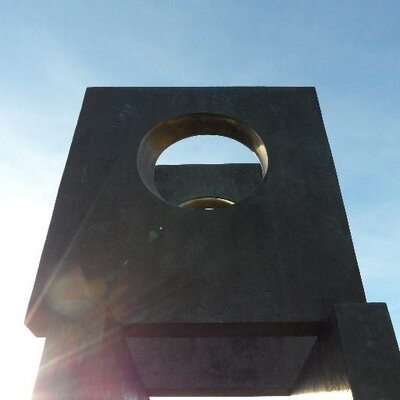
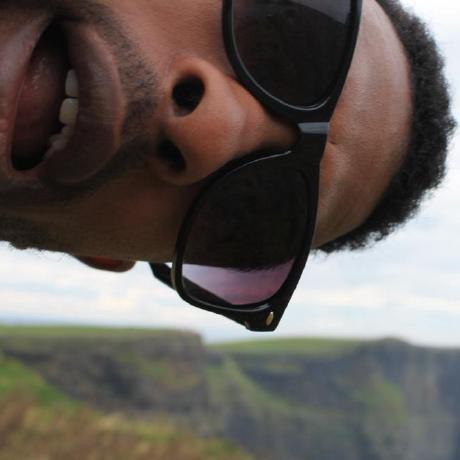













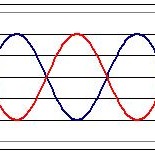


 EilidhMackenzie@EilidhMackenzie
EilidhMackenzie@EilidhMackenzie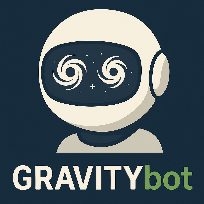

 jrstrome@jrstrome
jrstrome@jrstrome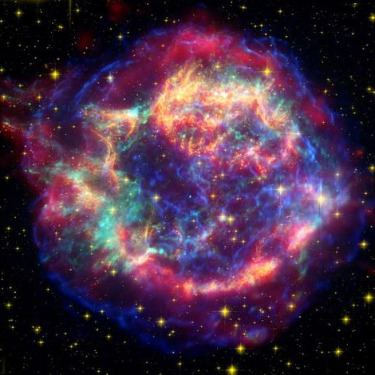
























 GreyJedi1918@GreyJedi1918
GreyJedi1918@GreyJedi1918






















 EilidhMackenzie@EilidhMackenzie
EilidhMackenzie@EilidhMackenzie

 jrstrome@jrstrome
jrstrome@jrstrome